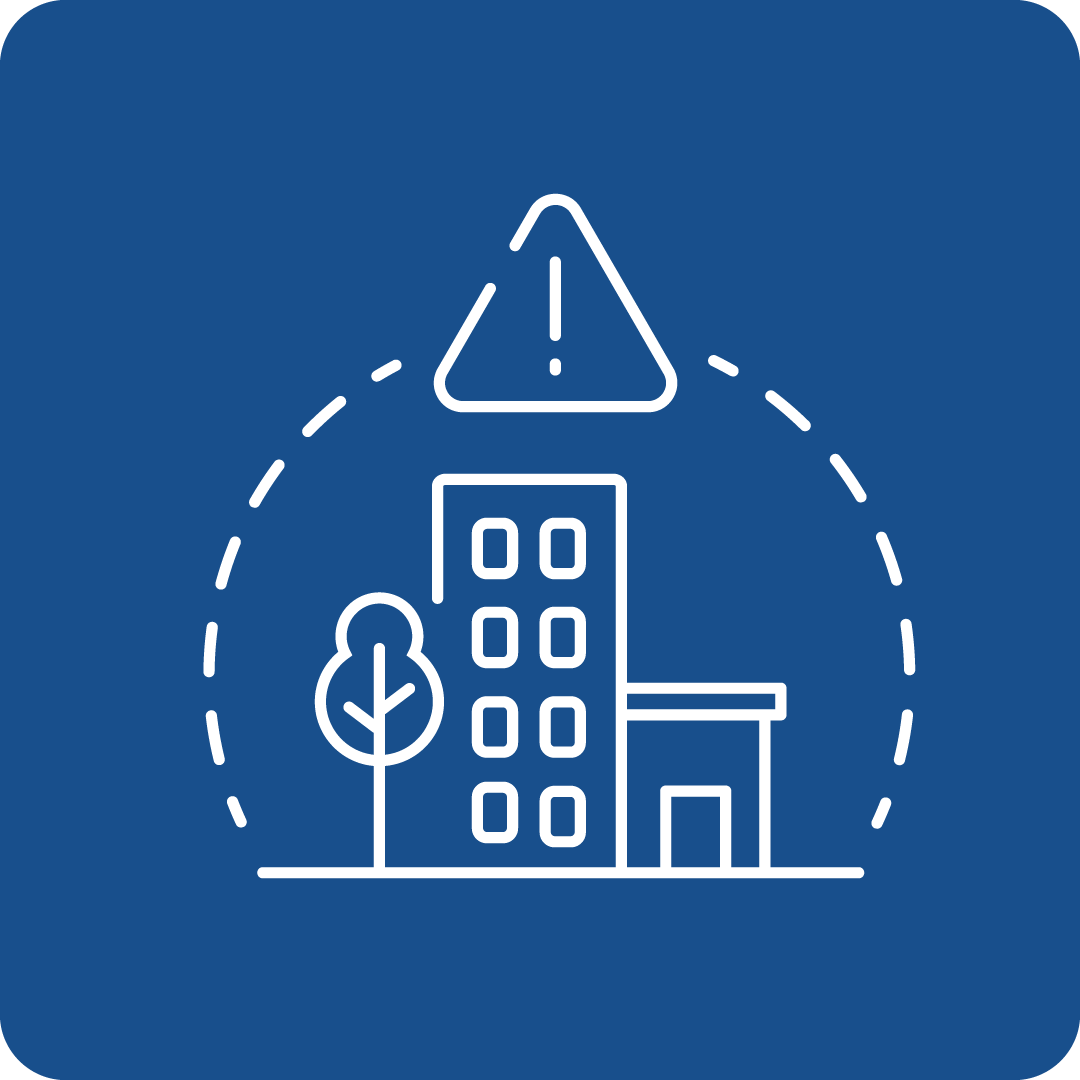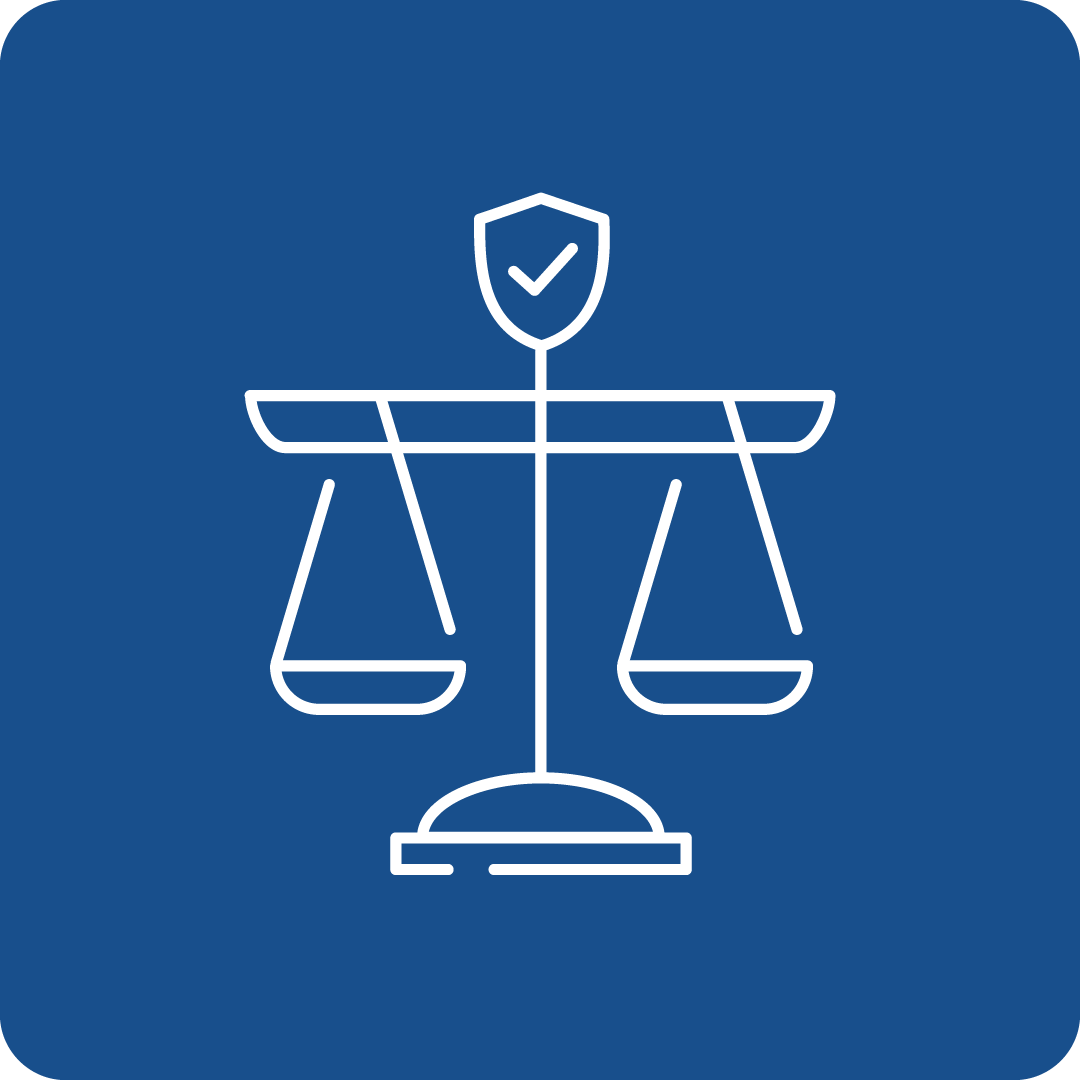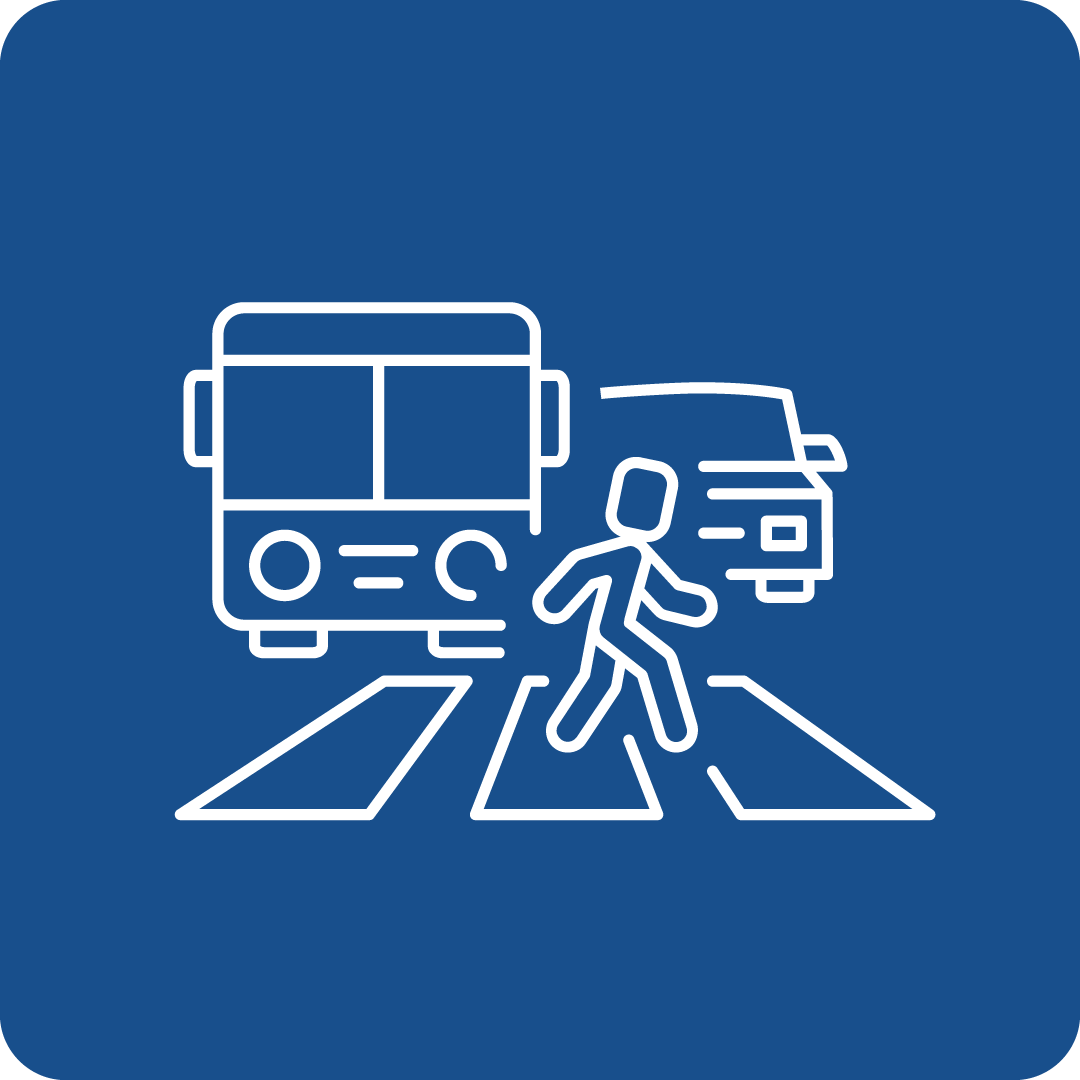Filter Search for grants
Call Navigation
Deadline expired
The deadline for this call has expired.
Call key data
Interreg LIT-PL: Call for operations of strategic importance
Funding Program
Interreg Lithuania-Poland
deadlines
Opening
01.03.2024
Deadline
31.05.2024 15:00
Funding rate
80%
Call budget
€ 34,840,000.00
Link to the call
Link to the submission
Call content
short description
The restricted call for operations of strategic importance (OSI) of the Interreg VI-A Lithuania-Poland Programme 2021–2027 is limited to 6 OSI proposals, submitted to the Task Force set up for the re-programming of the Programme, and then presented to the Monitoring Committee, due to their strategic importance for further development of the cross-border area.
Call objectives
The OSIs are:
- RSO2.7 – firefighting services cooperation (Lead partner: Regional headquarter of state fire service in Kaunas of Fire and rescue department under the Ministry of the Interior of the Republic of Lithuania);
- RSO3.2 – road modernisation (Lead partner: Sejny County Office);
- RSO4.6 creation of a joint brand of cross-border area as an attractive destination for sustainable tourism (Lead partners: The Municipality of Giżycko; Gołdap Municipality; Euroregion Niemen Association);
- ISO7.4 – border guard services cooperation (Lead partner: Lithuanian Border Guard Service under the Ministry of the Interior).
In this Restricted Call for Proposals for OSIs, the full applications for the above-mentioned 6 OSIs shall be fully developed and submitted through relevant online system(JEMS) within the following 4 specific objectives under 4 Priorities:
- Priority: 1 Promoting environmental wellbeing and strengthening crisis management
- PO 2: A greener, low-carbon transitioning towards a net zero carbon economy and resilient Europe by promoting clean and fair energy transition, green and blue investment, the circular economy, climate change mitigation and adaptation risk prevention and management, and sustainable urbanmobility
- Specific objective 1.1: RSO2.7. Enhancing protection and preservation of nature, biodiversity and green infrastructure, including in urban areas, and reducing all forms of pollution
- Priority: 2 Promoting physical, emotional and cultural wellbeing
- PO 4. A more social and inclusive Europe implementing the European Pillar of Social Rights
- Specific objective 2.2: RSO4.6. Enhancing the role of culture and sustainable tourism in economic development, social inclusion and social innovation
- Priority: 3 Strengthening cooperation of local, regional and national stakeholders
- ISO2: A safer and more secure Europe
- Specific objective 3.3: ISO7.4. Other actions to contribute to a safer and more secure Europe
- Priority: 4 Improving connectivity
- PO3: A more connected Europe by enhancing mobility
- Specific objective 4.1: RSO3.2. Developing and enhancing sustainable, climate resilient, intelligent and intermodal national, regional and local mobility, including improved access to TEN-T and cross-border mobility
read more
Expected effects and impacts
For each priority, there are several output and result indicators. The description of all indicators is included in the Annex 1 to this Manual. At least 1 output and 1 result indicator have to be used by each project.
Output indicators:
- Length of roads reconstructed or modernised - non-TEN-T
- Number of cultural and tourism sites supported
- Organisations cooperating across borders
- Jointly developed solutions
Result indicators:
- Annual users of newly built, reconstructed, upgraded or modernised roads
- Time savings due to improved road infrastructures
- Visitors of cultural and tourism sites supported
- Organisations cooperating across borders after project completion
- Population benefiting from protection measures against non-climate related natural risks and risks related to human activities
- Solutions taken up or up-scaled by organisations
read more
Expected results
The program proposes the following (non-exhaustive list) measures:
P1: Promoting environmental wellbeing and strengthening crisis management
- SO 1.1: Enhancing protection and preservation of nature, biodiversity and green infrastructure, including in urban areas, and reducing all forms of pollution
- Exchange of experience of policies applied in the fields of nature protection, preservation of biodiversity, reduction of pollution, development of green infrastructure, environmental impacts on natural capital, ecosystem services;
- Joint actions and cooperation in environmental education and awareness raising;
- Maintenance and improvement of green public spaces;
- Joint actions to reduce water pollution (pesticides, heavy metals, other pollutants), including water pollution in river catchment areas;
- Joint development of water and waste water solutions, use of rainwater;
- Cooperation and joint actions identifying and strengthening functional links and/or areas in the scope of environment protection and nature preservation in the Programme area and its nearest vicinity, enhancing scope of positive environmental impact on the cross-border area;
- Exchange of practices on the use of Renewable Energy Sources (RES) by households, municipalities and institutions, i.e. hospitals, schools, kindergartens, nursing homes, etc.
- Development or upgrade of green public spaces and green infrastructure (biodiversity-rich parks, green walls, green roofs, green schoolyards etc.);
- Investments in new or upgraded crisis situations monitoring, preparedness, warning and response systems against non-climate related natural risks and risks related to human activities;
P2: Promoting physical, emotional and cultural wellbeing
- SO 2.2: Enhancing the role of culture and sustainable tourism in economic development, social inclusion and social innovation
- Development of joint marketing strategies and their implementation;
- Development of joint tourism and culture routes, products and services;
- Joint cultural events and activities, including search of partners on the other side of the border with matching activities; promotion of eco-tourism and solutions for behavioural change in regards to nature and cultural heritage preservation;
- Sustainable development of natural and cultural heritage, including intangible assets, for sustainable tourism, culture and community needs (social, educational);
- Joint initiatives in the field of maintenance and restoring of sites of cultural and natural heritage;
- Cooperation and joint actions implementing the concepts of tourism cross-border functional area proposed in the EC study “Identification of key elements for creating the touristic cross-border functional area at the Lithuanian–Polish border”;
- Joint solutions to improve resilience of the cultural sector, improve equal access for the vulnerable groups, focusing on inclusiveness and accessibility;
- Introducing new technologies for preservation of natural resources and cultural heritage, use of digitalisation for monitoring of visitor flows and data exchange between partners (e.g., digital preservation of the digitised cultural heritage assets; digital strategy of preservation of cultural heritage; collaboration between cultural institutions regarding technological possibilities; facilitating accessibility to digital cultural heritage resource);
- Joint initiatives to explore alternative and not fully explored cultural and tourism concepts (e.g., mushroom tourism, dark tourism, eco-tourism, gastronomy tourism etc.);
- Investments into accessibility of tourism or culture sites (parking places, cycling and pedestrian paths, other accessibility measures etc.) as part of joint tourism and culture projects.
P3: Strengthening cooperation of local, regional and national stakeholders
- SSO 3.3: Border crossing management
- Strengthening capabilities of border guard service officers for joint operations;
- Improvement of border management facilities and equipment.
P4: Improving connectivity
- SO 4.1: Developing and enhancing sustainable, climate resilient, intelligent and intermodal national, regional and local mobility, including improved access to TEN-T and cross-border mobility
- Modernisation and rehabilitated of non-TEN-T roads.
read more
Eligibility Criteria
Regions / countries for funding
eligible entities
Education and training institution, Non-Profit Organisation (NPO) / Non-Governmental Organisation (NGO), Other, Public Body (national, regional and local; incl. EGTCs), Research Institution incl. University, Small and medium-sized enterprise (SME)
Mandatory partnership
Yes
Project Partnership
Each project has to have at least one partner from each country (Lithuania and Poland). As an exception, in a project there can be only 1 partner in case the European Grouping of Territorial Cooperation is a sole applicant.
In order to have cross-border effect the open call projects have to ensure at least three mandatory cooperation criteria between Project partners:
- Joint development of the project (obligatory) – project application is prepared by the representatives from all partner organisations together. Ideas, priorities, needs and expectations as well as contributions from all partners have to be integrated in the project proposal.
- Joint implementation (obligatory) – each project activity is implemented in close cooperation between all of the partners and there must be a balanced division of tasks and responsibilities between the partners.
- Joint financing (obligatory) – project budget is well structured with clear links to project activities.
- Joint staffing – the project has staff with clearly divided tasks between the partners and its structure should not duplicate functions.
Partners located outside the Programme area, but within the EU, can also apply for funding as Lead Partner/Project partner however such partners have to bring a clearbenefit to the Programme.
The main types of partners that can participate in the Programme are:
- local, regional and national authorities;
- public bodies and bodies governed by the public law;
- non-governmental and not-profit seeking entities having legal personality (e.g. associations, foundations, support funds, European Groupings of Territorial Cooperation (EGTC), public organisations
- Small and Medium Enterprises (SMEs) definitions can be found here: https://ec.europa.eu/growth/smes/sme-definition_en – only as a Project partner for Priority 2, Specific Objective 2.2/RSO4.6.
- SMEs can participate as Project partners only in applications submitted for Priority 2 Specific Objective 2.2/RSO4.6.
- SMEs cannot act as the Lead Partners.
- Each organisation representing an SME should be established at least 3 full calendar years before the announcement of this call for proposals.
- Similarly to all other Project partners, the SME Project partner shall be described in section B.1 of the Application, and provide the same documents as all other partners, according to the requirements of section III.2.2 of the Programme Manual. As an additional requirement, in order to confirm its capacity to participate in the project, an SME Project partner shall additionally fill-in and submit the Statement by SME Project partner (Annex 8, for more detail, please refer to section III.2.2 of this Programme Manual).
- Participation of SMEs in project shall be for the needs of the general interest and for public benefit.
- SME partners shall not be under bankruptcy proceedings nor proceedings for economic fraud, shall bear full legal capacity and shall be financially reliable, and their foundation and activities shall be in line with the respective national legislation.
- Involvement of SMEs in projects as projects partners should be justified as bringing added value and proven to be relevant and necessary for the achievement of the project outputs and results, in the relevant sections of the Application. Relevance of each SMEs will be evaluated during Quality assessment.
- Any SME organisation cannot join a partnership as a Project partner, if its only or main activity within its business profile, and/or main role in the project relates to project development, coordination, management, project communication, and consulting! Such partners cannot be assessed as bringing meaningful contribution or added value for achievement of the project outputs and results, and therefore, not necessary for the project
other eligibility criteria
On the Lithuanian side, there are five counties eligible under the Programme:
- Alytus County: Alytus city municipality, Alytus district municipality, Lazdijai district municipality, Varėna district municipality, Druskininkai municipality;
- Marijampolė County: Marijampolė municipality, Kalvarija municipality, Kazlų Rūda municipality, Vilkaviškis district municipality, Šakiai district municipality;
- Tauragė County: Tauragė district municipality, Šilalė district municipality, Jurbarkas district municipality, Pagėgiai municipality;
- Kaunas County: Kaunas city municipality, Kaunas district municipality, Kaišiadorys district municipality, Prienai district municipality, Jonava district municipality, Kėdainiai district municipality, Raseiniai district municipality, Birštonas municipality;
- Vilnius County (Vilnius city is not included): Šalčininkai district municipality, Širvintos district municipality, Švenčionys district municipality, Trakai district municipality, Ukmergė district municipality, Vilnius district municipality, Elektrėnai municipality.
On the Polish side there are 5 subregions eligible under the Programme:
- Ełcki subregion (part of the Warmińsko-Mazurskie Voivodeship): ełcki district, giżycki district, gołdapski district, olecki district, piski district, węgorzewski district;
- Olsztyński subregion (part of the Warmińsko-Mazurskie Voivodeship): bartoszycki district, kętrzyński district, lidzbarski district, mrągowski district, nidzicki district, olsztyński district, szczycieński district, city of Olsztyn;
- Suwalski subregion (part of the Podlaskie Voivodeship): augustowski district, grajewski district, moniecki district, sejneński district, suwalski district, city of Suwałki;
- Łomżyński subregion (part of the Podlaskie Voivodeship): bielski district, hajnowski district, kolneński district, łomżyński district, siemiatycki district, wysokomazowiecki district, zambrowski district, City of Łomża;
- Białostocki subregion (part of Podlaskie Voivodeship): białostocki district, sokólski district, city of Białystok.
Budget:
As pre-agreed by the Programme’s Monitoring Committee, maximum ERDF allocation for projects submitted under particular SOs is:
- RSO2.7. – € 5,600,000.00
- RSO4.6. – € 14,240,000.00
- RSO3.2. – € 10,341,965.00
- ISO7.4. – € 4,658,035.00
Additional information
Topics
Relevance for EU Macro-Region
EUSBSR - EU Strategy for the Baltic Sea Region
UN Sustainable Development Goals (UN-SDGs)
![]()
![]()
![]()
![]()
![]()
project duration
max. 36 months
Additional Information
The Programme uses an online monitoring system called JEMS (Joint Electronic Monitoring System) to receive project applications, the system can be accessed at jems.lietuva-polska.eu. JEMS covers pre-contractual (applications for project financing) and post-contractual relationships (after project approval and signature of the Subsidy Contract) between the project and the programme bodies. JEMS User Guide is Annex 2 to the PM.
The Programme Application Form (AF) is based on the harmonised template developed by the community of Interreg programmes under the umbrella of Interact. The project application is prepared and submitted via the JEMS, however on the Programme website an unofficial offline AF is available to download – please note that it is unofficial document intended to help applicants to prepare their project proposals, that have to be submitted through JEMS.
In the online AF, some fields/sub-sections are automatically generated by the system, displaying already inserted data. The AF is organised in the following parts:
- Project Identification
- Project Partners
- Project Description
- Project Budget
- Lump Sums
- Application Annexes (the Programme Manual specifies which annexes need to be submitted with the application)
Call documents
Interreg Lithuania – Poland OSI Programme ManualInterreg Lithuania – Poland OSI Programme Manual(1192kB)
Contact
To see more information about this call, you can register for free here
or log in with an existing account.
Log in
Register now





